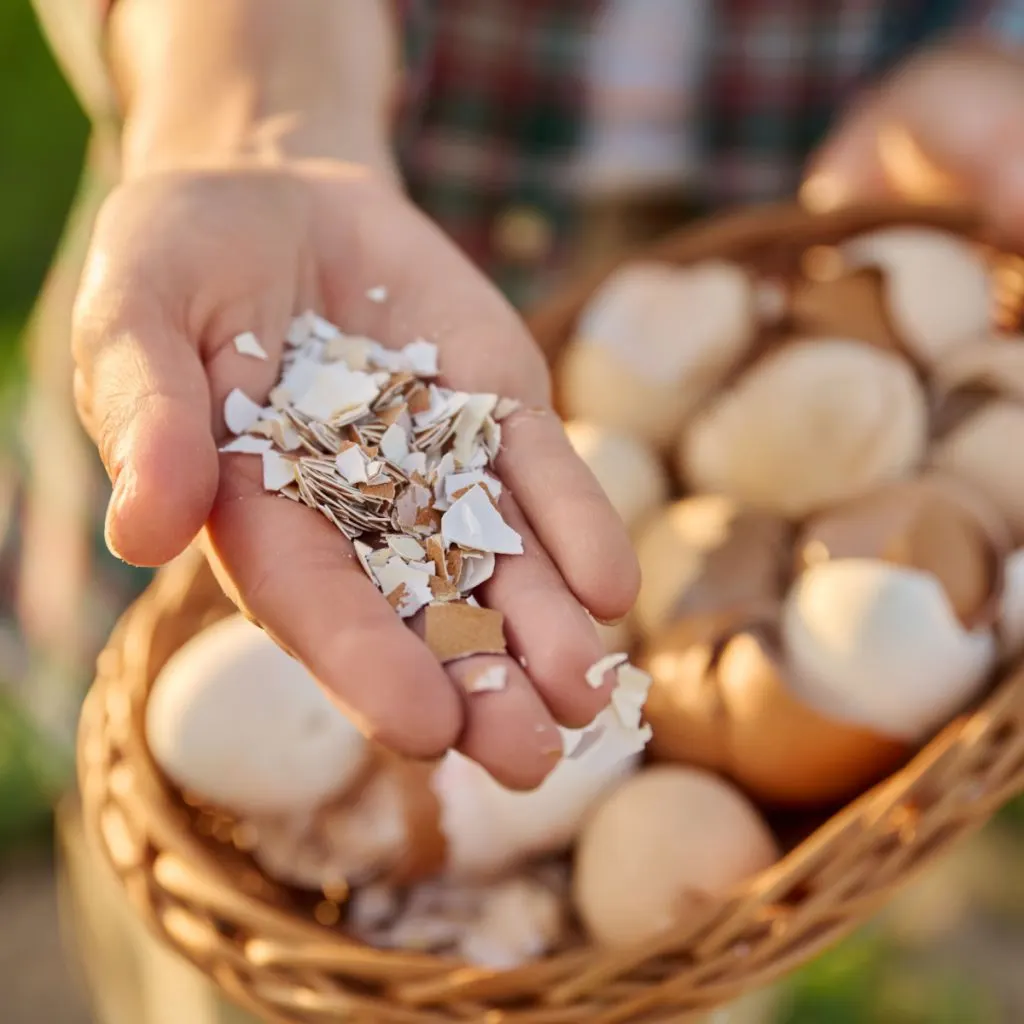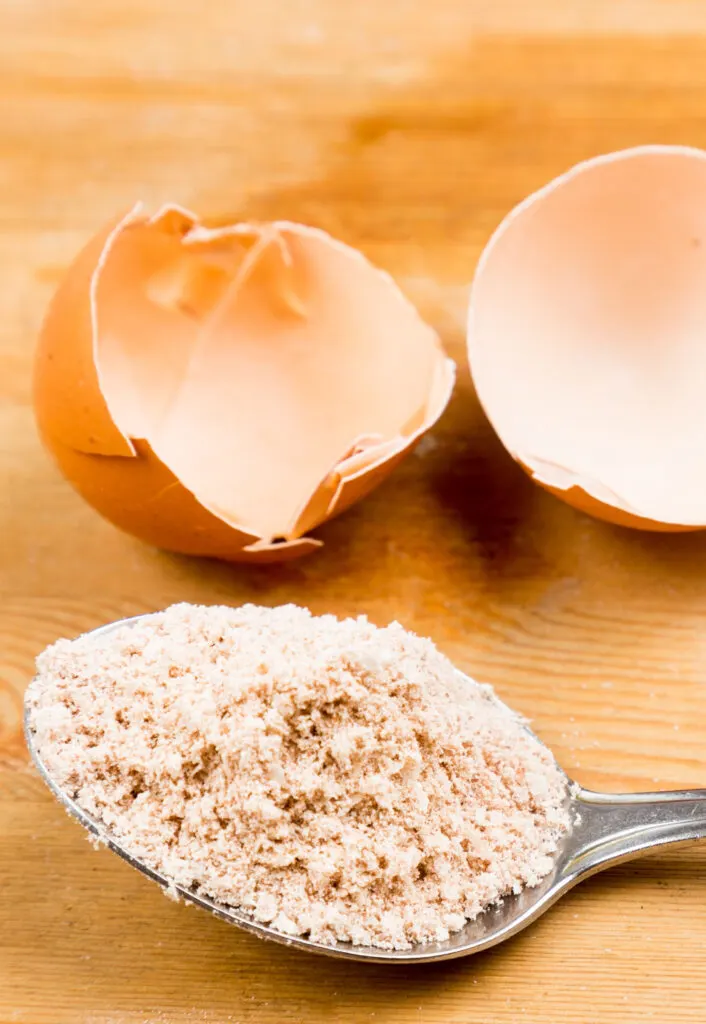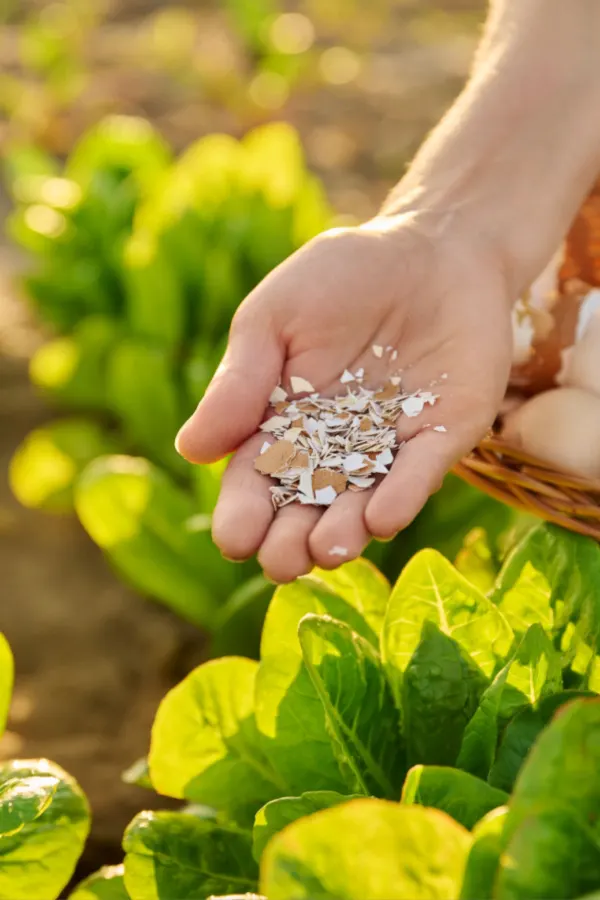Looking for the best ways to use egg shells in your garden this coming spring and summer?
Egg shells truly are one of the most useful and powerful organic materials around. Both for both helping to power plants, and re-energizing soil – which is exactly why if you have a vegetable or flower garden – you should be saving them up all winter long.
For starters, egg shells are filled with a slew of nutrients. Not only can they help to power plants, egg shells can also aid in protecting plants. Both from pests and soil deficiencies. But to get the most benefit from them – you have know just how and where to use them – and that is exactly what today’s article is all about!

The Best Way To Use Egg Shells In The Garden
Egg Shells As A Calcium Boost For Plants
One major reason egg shells are vital to plants is just how much calcium they have within them. Calcium is a major component needed for growing healthy, vigorous vegetable plants.
Unfortunately, many gardens face a lack of this all important mineral in their soil. Quite often, it is the direct result of growing vegetables year after year that need and use the calcium – and then not helping the soil replenish its calcium levels.
At some point, without the mineral being replaced, there is simply not enough calcium left in the soil for plants to absorb for proper fruit development. When that lack of calcium nutrition occurs, blossom end rot is likely to follow – especially in popular crops such as tomatoes and peppers. See our articles: How To Use Egg Shells To Grow Incredible Tomatoes! and How To Keep Your Tomatoes From Getting Blossom End Rot – The Simple Cure!
But calcium plays an important role in more than just tomato and pepper plants. It is also a critical mineral that all vegetable plants and annual flowers need when developing their early cell structure.

How A Lack Of Calcium Impacts Plant Growth
Without enough calcium to absorb in the soil, young seedlings are unable to develop thick walls and strong roots. The result is a weaker plant with fewer blooms, and of course, far less fruit or flowers.
In addition to all of that valuable calcium, the shells of eggs also contain trace elements of phosphorous, magnesium, potassium, zinc, iron and copper as well. All of those also happen to play an important role in building and maintaining healthy soil – and in turn, growing healthy plants.
So what is the best way to get all of the calcium and other nutrients to your plants. The answer is to put those valuable egg shells right into the planting hole!
Adding Crushed Egg Shells To Planting Holes
Whether it be vegetable plants or annual flowers, putting egg shells directly into each planting hole as you plant is one of the best ways to give them all of the calcium and other trace nutrients they need right from the start. Especially when you crush them to a fine powder to add to each and every planting hole.
Why is crushing them so important? Because egg shells can take a long time to break down in their natural state. But by pulverizing and crushing the shells into tiny bits, you speed up the ability of the shell to decompose and release its nutrients into the soil.
In short, when adding to planting holes, egg shells need to be broken down as finely as possible. Plain and simple, the more quickly calcium and other trace nutrients get into the soil, the faster they will be able to absorb up into your plants!
Listen In To Our Podcast Below On The Power Of Using Egg Shells & Coffee Grounds In Your Gardens & Flowerbeds
The Easiest Way To Grind Egg Shells
Although you can certainly try to grind them down by hand, one of the easiest and most efficient methods for pulverizing egg shells is with an inexpensive electric coffee grinder.
A grinder will make quick work of the task. Even better, it leaves you with a fine calcium boosting powder that will absorb quickly into the soil – and your plants. Affiliate Product Link: BLACK+DECKER One Touch 2/3rds Cup Coffee Grinder
How Much Egg Shell Powder To Use
So how much egg shell powder should you add to each planting hole? A good rule of thumb is to use four to six egg shells for each plant. When ground down to a near powder form, that works out to about two tablespoons of finely crushed shells per hole.
For best results, dig your planting hole and then mix in the shell powder as you add soil back in. Try to keep the egg shell powder right around the root ball of the transplant. This will provide all of the nutrients right where the plant needs it most, at the root level.
Top Dressing Plants With Egg Shells
Another great way to provide power to your plants while they grow is top dressing them with additional crushed egg shells on the surface around each plant. Just as when putting egg shells in planting holes, the more finely ground the powder, the faster the nutrients will leach down to the roots.
A good rule of thumb is to use about a tablespoon or two of pulverized egg shells per plant. By giving plants power both below and above, you double your chances for success. But as you will see in the next section, adding even a few more shells on top that aren’t quite as powdery can pay off for your plants too!
Protecting Plants Against Slug, Cutworm & Pest Damage
Egg shells can also help protect tender young plants in the garden from slugs cutworms and other pests. But in this case, instead of pulverizing them into a powder – you want to slightly crush your shells.
When lightly crushed and placed around the base of plants, the sharp shells form a protective barrier. A barrier that the smooth, slimy, outer skin of slugs, cutworms and other small pests can’t cross without being cut.
Even better, as the shells break down, they only serve to add more nutrients to the soil over time. For this reason, many gardeners use crushed shells around all of their plants, including potted plants as well.

Don’t Forget The Compost Pile
Finally, when not using your egg shells to power plants, repel insects, or prevent disease, they always have a home in the compost pile! Egg shells add the same important nutrients to your compost pile that they do in the soil.
Just as when using in planting holes, grinding down the shells before placing in your pile is a good practice. It not only helps them down faster, but reduces any chance of odor and smell. It also can help to keep wandering animals from finding your pile and snacking on them.
One thing is for sure, there’s never a need for egg shells to find their way into a landfill. Not with all of the benefits they bring to a home garden! Here is to saving and using egg shells to help power your garden and plants this year. For more information on how you can get your soil ready for gardening season, see Recharging Garden Soil – 3 Easy Ways To Boost Your Soil Before Spring!
This Is My Garden
Follow Our Facebook Page For Great Gardening Tips And Advice! This Is My Garden Facebook Page
This Is My Garden is a garden website created by gardeners, for gardeners. Jim and Mary Competti have been writing gardening, DIY and recipe articles and books and speaking for over 15 years from their 46 acre Ohio farm. They publish three articles every week, 52 weeks a year. Sign up today to follow via email, or follow along!
